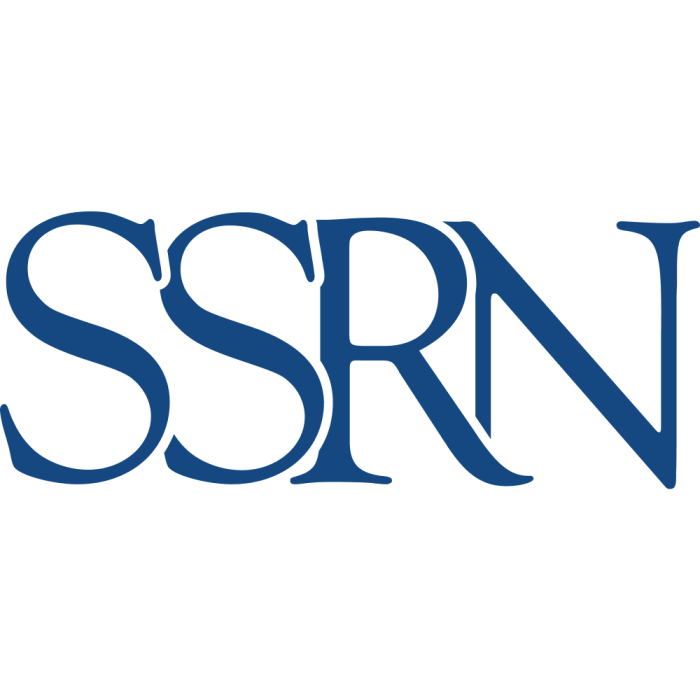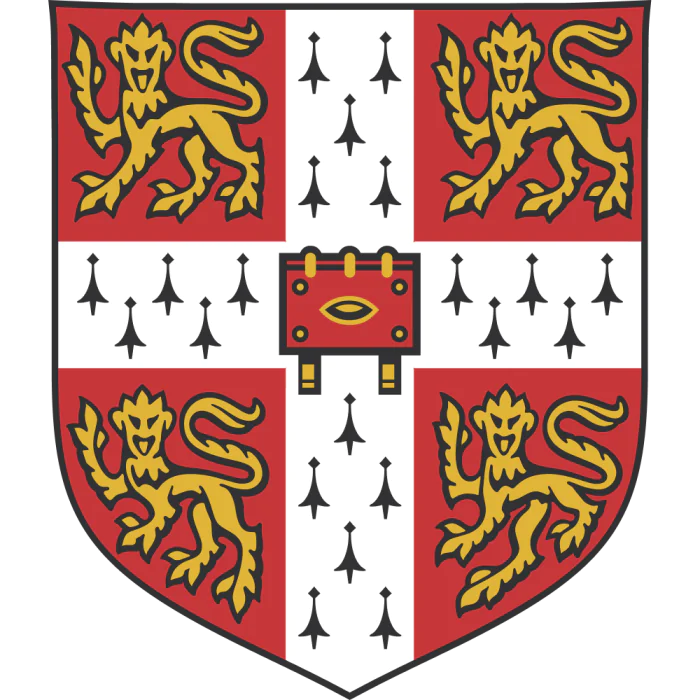Political Dynamics of Pre-colonial Myanmar/ Burma: The Context for Colonisation
In Burmese historiography, the issue of periodisation has not been given much attention. Burma’s pre-colonial history of dynastic and ruler changes occurred within a static framework with little to no institutional or social change. Before the British conquest, the political history of Burma can be summed up as an endless struggle between the Burmese people and their neighbours, as well as between at least four different indigenous groups: Shans, Arakanese, Mons or Talaings. Numerous political organisations and migrations occurred during the pre-colonial era. The Pyu city-states, the Pagan Empire, the Toungoo Dynasty and the Konbaung Dynasty were the four pre-colonial systems covered in this article. Mercantilism, Buddhism, commerce with Asian countries, and cultural and political concepts had a significant impact on Pyu culture, which may have long shaped later Burmese governmental structures and society. In the Pagan Kingdom, farming, irrigation, culture and design attained a high degree of development and were formed by the ancestors of the trendy Burmese. The Kanbwang Dynasty came to power in the eighteenth century and established central authority nearby. Early in the nineteenth century, colonial powers seized control of Burma. The main objectives of this article are the political and social landscape of pre-colonial Burma and how it impacted colonialism. The article also makes connections between periods of Burma’s colonial history and early modern history.





